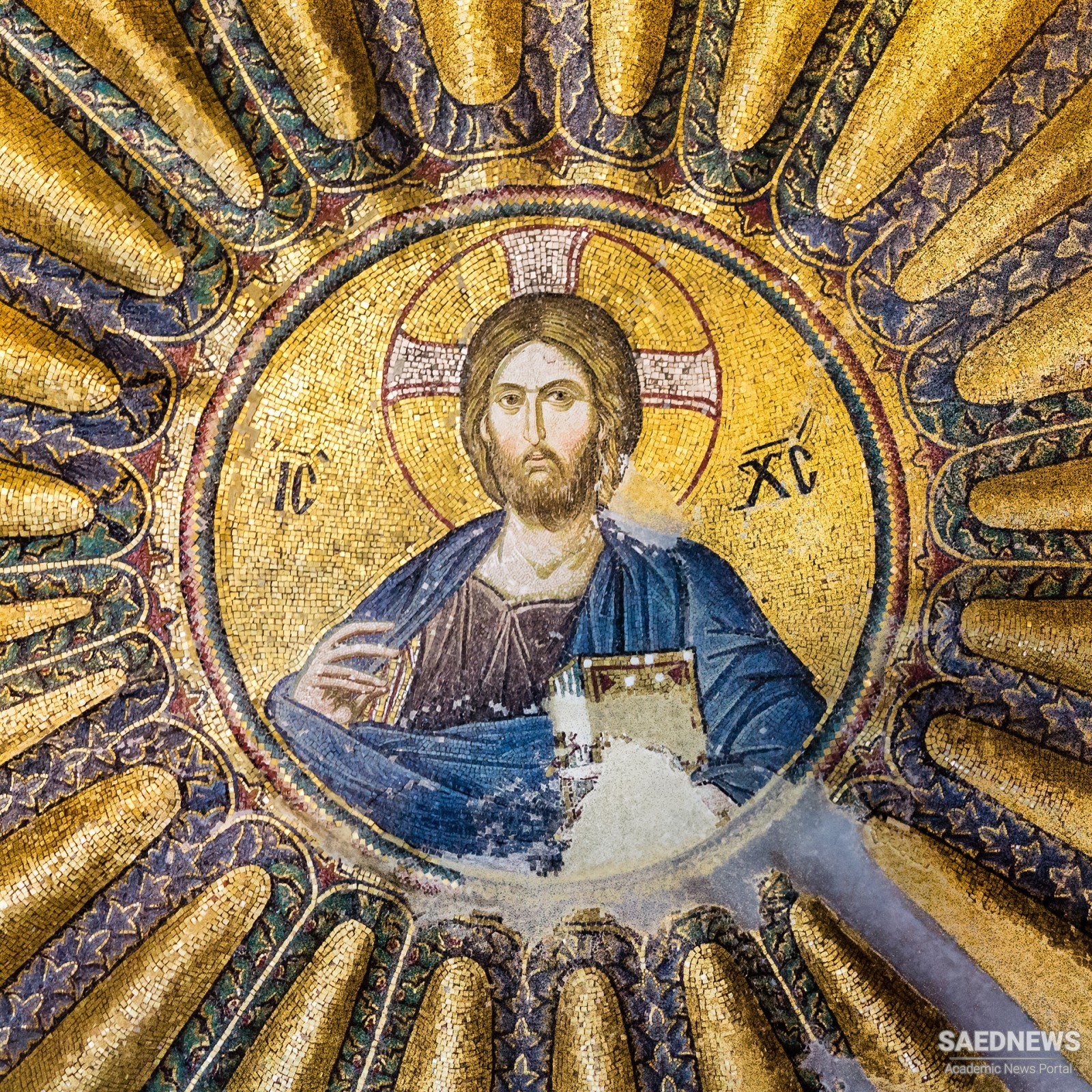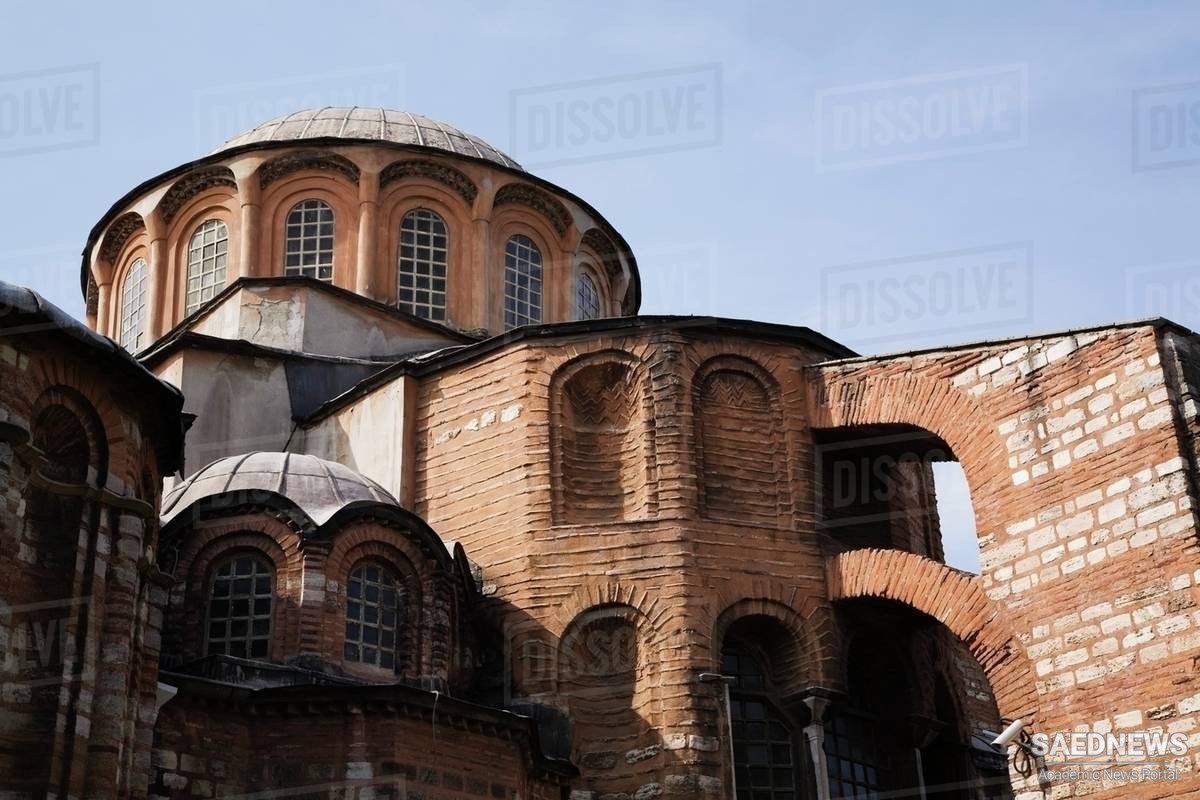When the theologian, philosopher, and statesman Theodore Metochites commissioned the interior decoration of the Church of St. Savior in Chora in the early fourteenth century, he described it as “a work of noble love for things good and beautiful.” Thanks to his patronage, nearly every square inch of the building’s interior was covered by mosaics and frescoes, glittering with gold and sparkling with color.
After 700 years, the church still radiates that love for goodness and beauty.
Within a few steps of entering the church, I had to fight the urge to simply lie down on the floor and gaze upward, abandoning myself to the loveliness of what was above. Though time has taken its toll on the Chora Church, its interior still dazzles.
“Chora” is a word meaning “in the country,” for at the time the church was built it was beyond the walls of the city. Its prominence was due in part to its location close to a palace where the city’s most sacred relic was kept, a piece of the Virgin Mary’s tunic. Many of the hundreds of scenes in the church relate to Mary, while others feature images from Christ’s life and ministry as well as the Last Judgment.
Part of what makes the images so compelling are their human details. We can see a serving maid testing the waters of a bath for the baby Anne, who will become Mary’s mother. We watch as a soul being led into hell politely offers his friend the chance to go first. We stand before Jesus at the Last Judgment, his face a blend of suffering and infinite compassion as he gazes upon us.
While this church is technically a museum, it remains a holy place, a point where divine light breaks through into our ordinary world. Thinking back, I realize that my first impulse was right: before such beauty, the only proper response is utter abandonment.



 Church Music in Northern and Western Europe
Church Music in Northern and Western Europe














































